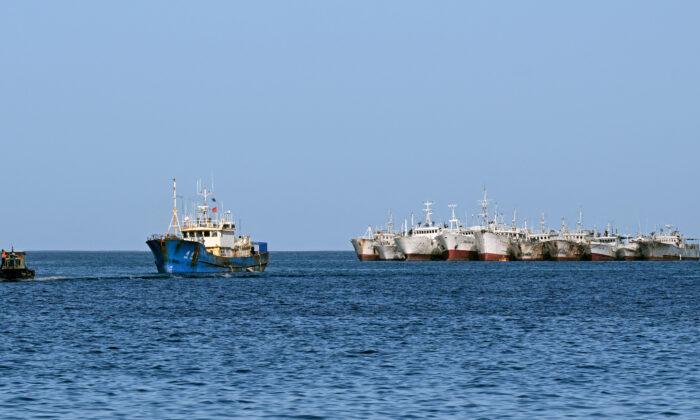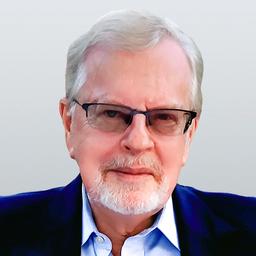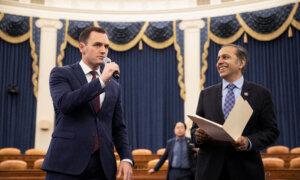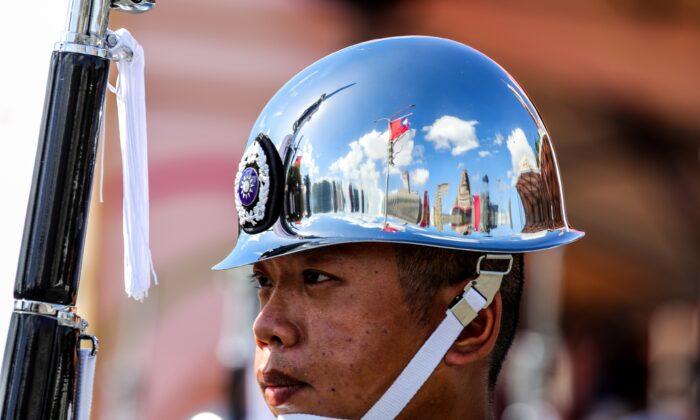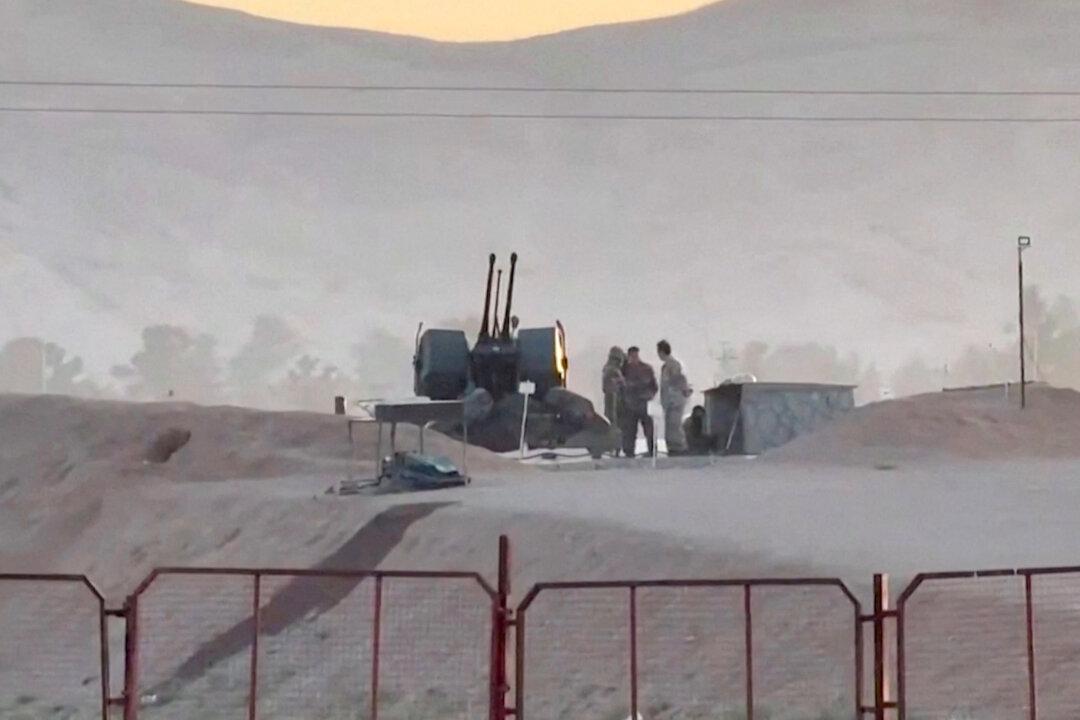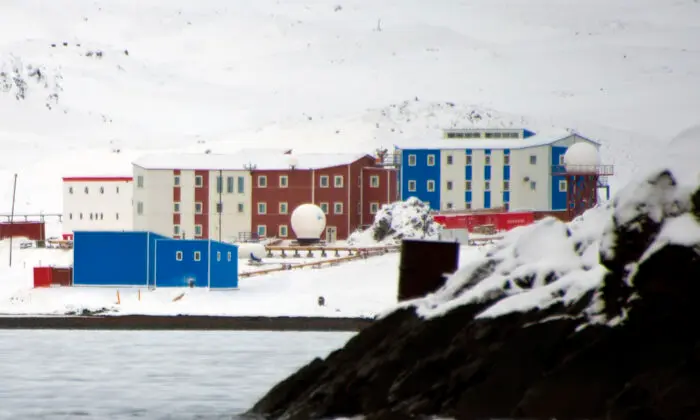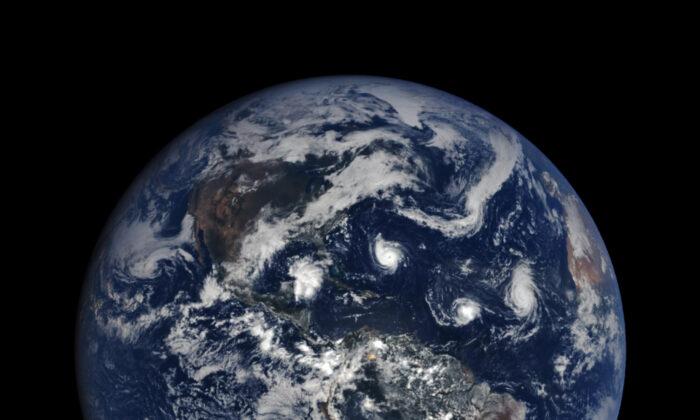The battle to dominate the future strategic architecture of the world is being played out, most visibly, in the Indo–Pacific, where the obvious competition is between communist China and the United States. But that, and the rise of India, is far less surprising than the emergence of a new and potentially influential bloc in Oceania: the Southwest Pacific.
The emergence of this new bloc, essentially built around the Pacific Islands Forum (PIF) gathering of 18 sovereign states, is gradually moving toward becoming a zone that could have strong negotiating powers as a commonwealth instead of merely a collection of friendly nation-states. This is because of an initiative by Fijian Prime Minister Sitiveni Rabuka, who has, since mid-2023, begun talking about the creation of an “Ocean of Peace,” which would extend the strength and cooperation of the PIF states.
Conceivably, this could occur with or without the biggest economy—and landmass—in the PIF group: Australia. The other members of the PIF all have some or the majority of their populations coming from Melanesian or Polynesian backgrounds.
But significantly, Mr. Rabuka was organizing his Ocean of Peace (OP) initiative to help take the PIF to “the next level.” A group of Australian business and political figures were quietly working on a vision to create a “Pax Oceania”: a sphere of influence that would create greater mutual support between regional states in the Oceania region, from the Pacific to the Indian Ocean.
What began in early 2024 was a dialog between those interest groups in Australia and the PIF island states because of Mr. Rabuka’s OP initiative. What both projects embody is frustration over the performance of the Australian and New Zealand governments in helping to create a regional consensus and economic and security capability in recent years.
The emergence of these two trends—the formal OP initiative by Mr. Rabuka and the private initiative in Australia—looks to the near future when the great power competition between the United States and China may come to a head and pave the way for a new strategic architecture in the region. Both initiatives look to the “post-communist China” era, when mainland China’s economic and military capabilities seem likely to have peaked and fallen, leading to either the collapse of the Chinese Communist Party (CCP) and Beijing’s expansionist plans in the region or the contraction of the Chinese economy to the point where it will play a less significant role in the “Indo–Pacific Great Game.”
If, for example, the present CCP leadership under Xi Jinping were to collapse in 2024 or 2025, as it might do because of internal rivalries and economic decline, then it is possible that the United States could reduce much of its focus on the Indo–Pacific. At least, absent China as a regional competitor, the United States could scale back its economic commitment to Oceania. At that point, the region would enter a new era of forced self-reliance, with local powers—notably Australia, the largest power in Oceania—being forced to take leadership positions.
At that time, the relative strategic positions of India and Indonesia would also change as possible influencers in the region.
The regional states would also be forced into a position of greater self-reliance, with Australia, in particular, being required to restart its industrial and energy base. And that, in turn, would require a significant scaling back of Australia’s present predatory regulatory and energy constraints.
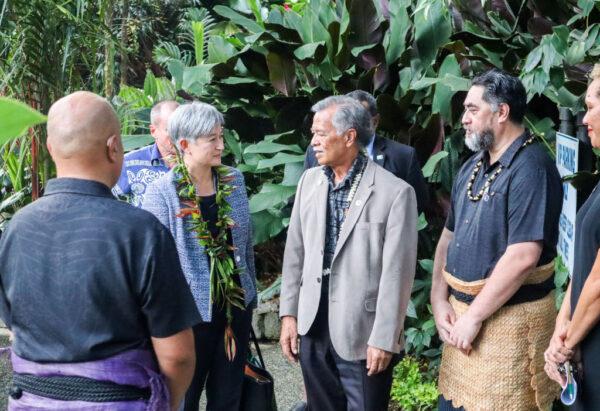
It’s noteworthy that Mr. Rabuka has been able to introduce the broad strategic vision for Oceania far more easily than the Australian group in attempting to change the consciousness of the Australian government and federal bureaucracy. For this reason, the “Pax Oceania” thinkers have been reluctant to “go public,” hoping to build a groundswell of support for a position of Australian independence and leadership, separate from the United States (but not hostile to it), to enable Australia and its PIF neighbors to carry a greater burden of economic and security development than in the past.
Some thinking on the new concepts should be expected to percolate to the surface at the 2024 Australian Leadership Retreat (ALR), which seems likely to be held before August. In the meantime, the PIF itself will hold its annual forum in Tonga in August, and the Commonwealth Heads of Government Meeting will be held in Samoa in October. Before or after that, King Charles III, as head of the Commonwealth, was scheduled to visit Australia and New Zealand for the first time in his capacity as sovereign.
If this momentum results in the creation of the envisaged “greater commonwealth” of the OP states, then it would represent one of the largest geopolitical regions in the world, with significant domination of mineral assets, ocean harvests, and much more. That would occur with or without Australia as a participant. A collective diplomatic capability, for the first time, would enable greater benefits for the smaller member states, while uniform approaches can also guarantee their collective approach to the protection of the extensive maritime commons.
The PIF was founded in 1971 and has 18 members: Australia, Cook Islands, Federated States of Micronesia, Fiji, French Polynesia, Kiribati, Nauru, New Caledonia, New Zealand, Niue, Palau, Papua New Guinea, Republic of Marshall Islands, Samoa, Solomon Islands, Tonga, Tuvalu, and Vanuatu.
Since 1989, the PIF has organized an annual meeting with key dialogue partners at the ministerial level. The forum currently recognizes 21 dialogue partners: Canada, Chile, China, Cuba, the European Union, France, Germany, India, Indonesia, Italy, Japan, South Korea, Malaysia, Norway, the Philippines, Singapore, Spain, Thailand, Turkey, the UK, and the United States.
The OP initiative and the “Pax Oceania” concepts, then, did not emerge from nowhere, and while it might seem that the proposed evolution of the regional structures to a more profound security and diplomatic bloc is logical, the actual achievement of it will face resistance. At present, the fact that Mr. Rabuka is one of the most experienced leaders in the region and probably the one who has demonstrated real leadership capabilities means that some forward momentum in this new strategic bloc is likely within 2024.
Moreover, the fact that PIF member Australia is also a key partner in the tri-state AUKUS (Australia, UK, U.S.) alliance gives considerable security protection to the region, as does the fact that France, the colonial power behind New Caledonia and French Polynesia, becomes a de facto partner of the Ocean of Peace.
